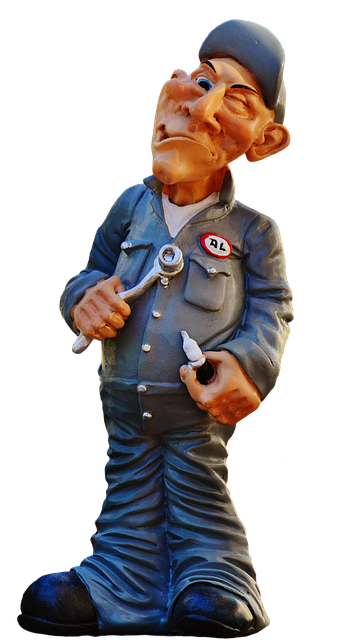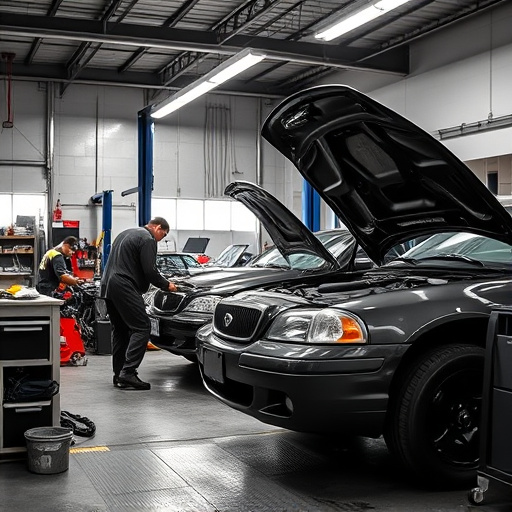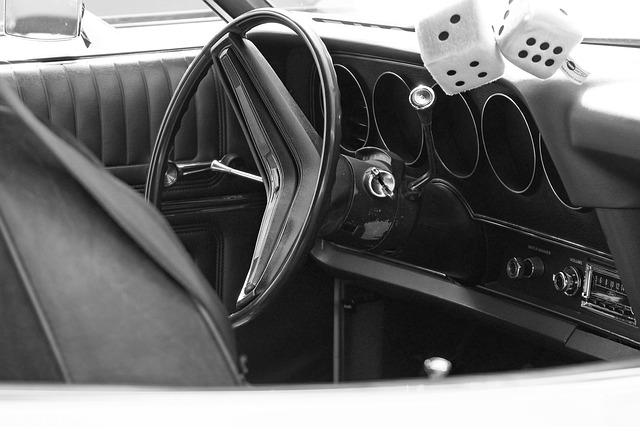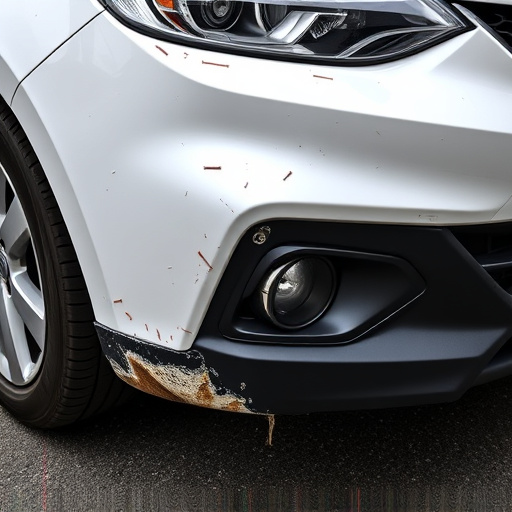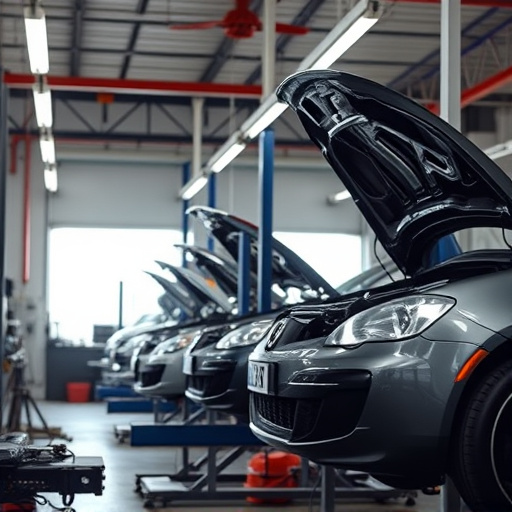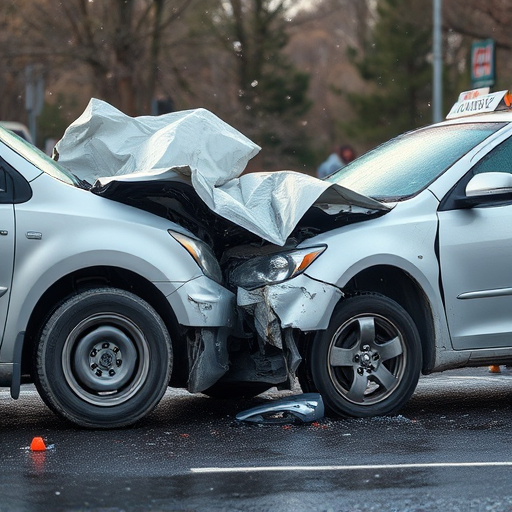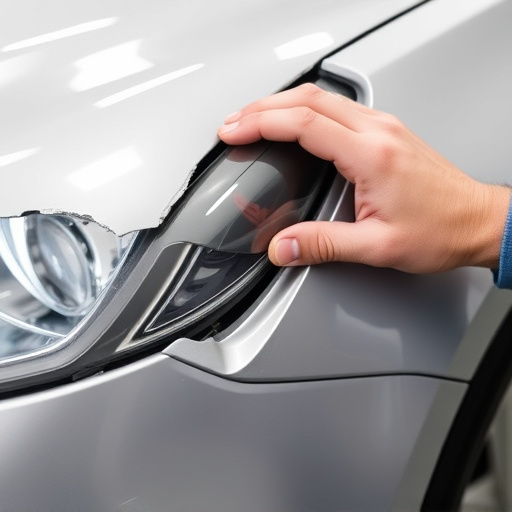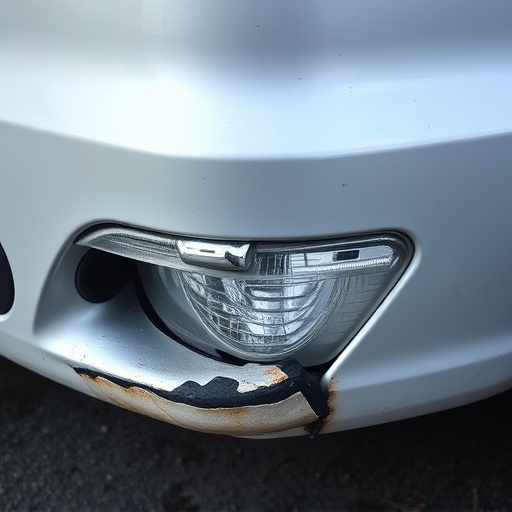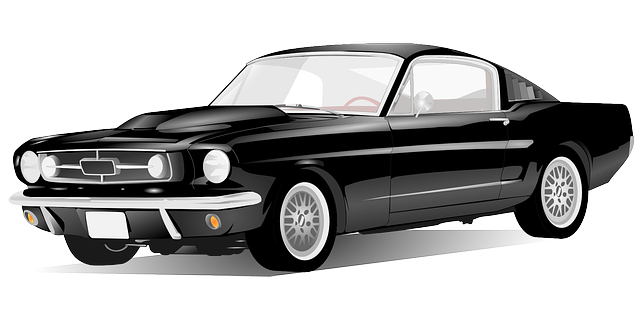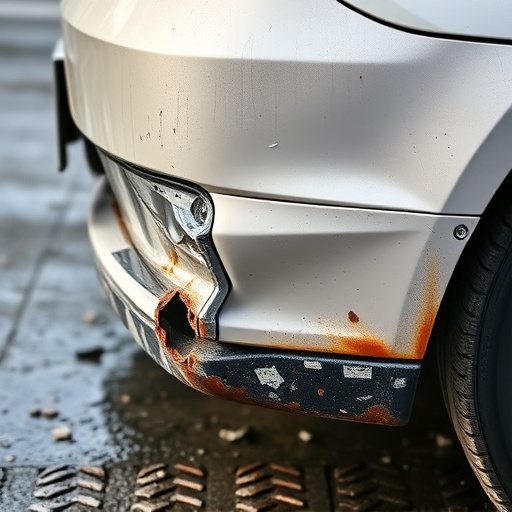Computerized Frame Measurement (CFM) is a revolutionary technology for vehicle collision repair, providing precise 3D scans of car frames, which enhances efficiency and accuracy in damage assessment. This tech offers faster, more reliable service compared to manual methods, but faces challenges like high implementation costs, potential overlook of subtle cosmetic issues, and possible impacts on the demand for skilled human technicians in related industries.
Is your business considering investing in computerized frame measurement technology? This article delves into whether the upgrade is worth the cost. We explore what computerized frame measurement is, how it works, and its numerous benefits, from increased accuracy to improved efficiency. Additionally, we weigh potential drawbacks and offer key considerations for making an informed decision. Discover if this innovative tool could be a game-changer for your operations.
- What is Computerized Frame Measurement and How Does it Work?
- Benefits of Investing in Computerized Frame Measurement Technology
- Potential Drawbacks and Considerations for Computerized Frame Measurement
What is Computerized Frame Measurement and How Does it Work?
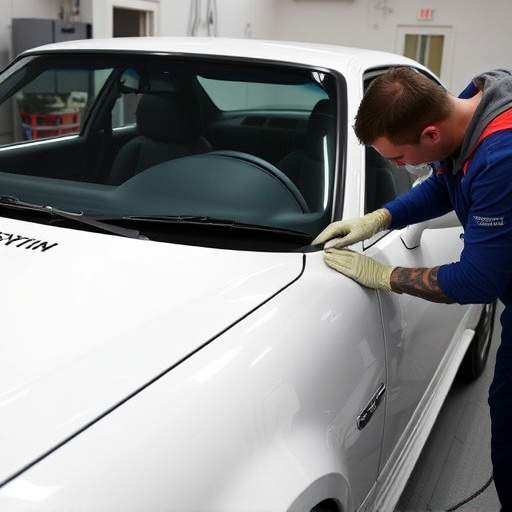
Computerized Frame Measurement (CFM) is a cutting-edge technology revolutionizing the field of vehicle repair, particularly in auto collision repair and vehicle restoration. Unlike traditional manual measurements, CFM uses advanced sensors and software to accurately assess a vehicle’s frame and structural integrity. This process involves scanning the car’s frame with precise lasers or cameras, capturing detailed 3D images of every angle and curve.
The data collected is then fed into specialized software that analyzes the information, identifying any damage, deformations, or misalignments in the frame. This technology offers a level of precision unmatched by manual methods, ensuring that every inch of the vehicle’s structure is evaluated. For collision repair professionals, CFM provides an efficient way to assess and document damage, streamlining the entire repair process and ultimately leading to higher-quality outcomes in auto collision repair and restoration projects.
Benefits of Investing in Computerized Frame Measurement Technology
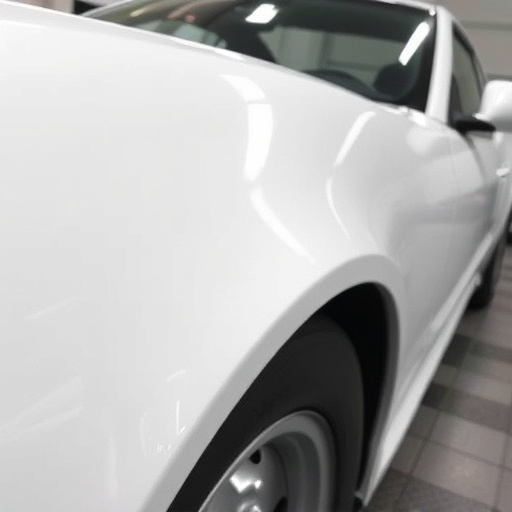
Investing in computerized frame measurement technology is a strategic move for any automotive shop offering car damage repair and bodywork services. This advanced system offers numerous benefits that can significantly enhance the efficiency and accuracy of vehicle paint repair processes. Firstly, it provides precise measurements, ensuring that every component of the car’s frame is accurately assessed, which is crucial when realigning or replacing parts after an accident. This precision minimizes the risk of misalignment, resulting in higher-quality repairs and customer satisfaction.
Moreover, computerized frame measurement streamlines the estimation process for car bodywork services. It automates data collection, allowing technicians to quickly generate detailed reports that accurately reflect the extent of damage. This efficiency not only saves time but also reduces errors commonly associated with manual measurements. In today’s competitive market, where customers expect top-notch service, this technology ensures your shop stays ahead, providing fast and reliable car damage repair and bodywork services.
Potential Drawbacks and Considerations for Computerized Frame Measurement

Computerized frame measurement offers numerous benefits for auto body shops, but it’s not without potential drawbacks and considerations. One key concern is the initial cost investment, which can be substantial. This advanced technology requires specialized equipment and trained personnel, leading to higher setup costs compared to traditional manual measuring methods. Additionally, while computerized systems provide precise data, they might not always account for subtle cosmetic differences or unique vehicle characteristics that skilled technicians can readily identify.
Furthermore, reliance on these digital tools could impact the availability of human expertise in collision repair shops. As more businesses adopt computerized frame measurement, there may be a reduced need for highly skilled workers who traditionally relied on manual assessment. This shift could potentially affect the auto detailing and car damage repair industries, where human judgment remains invaluable for achieving high-quality results.
Computerized frame measurement (CFM) offers significant advantages for various industries, from enhancing precision in construction to streamlining processes in manufacturing. While the initial cost may be a concern, the long-term benefits, such as improved efficiency, reduced waste, and better quality control, make it a worthwhile investment. By carefully considering the potential drawbacks and implementing best practices, businesses can maximize the benefits of CFM technology, ensuring a more efficient and profitable future.
